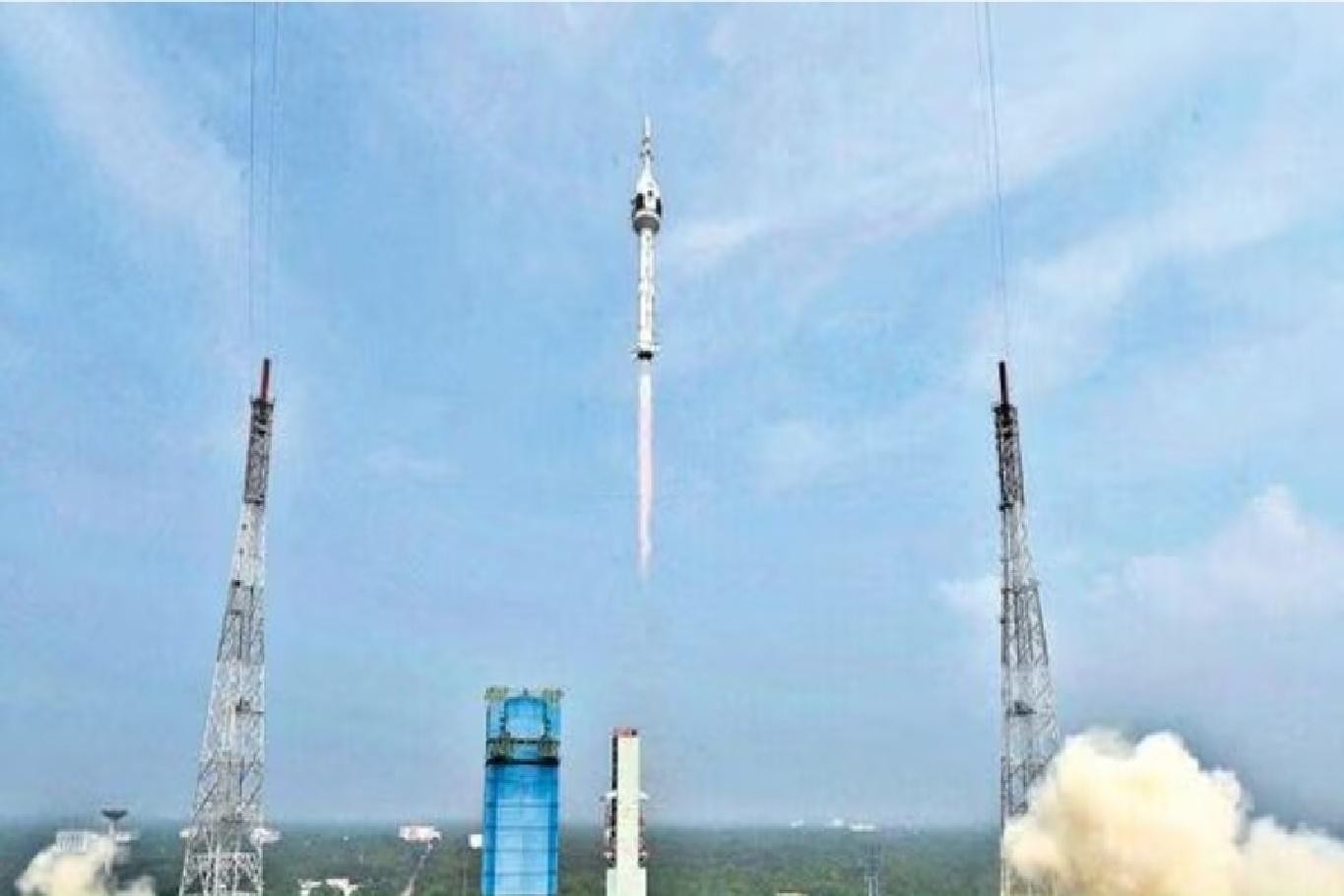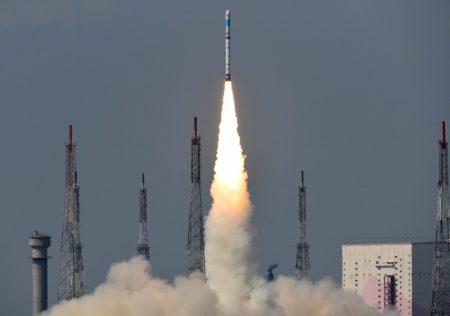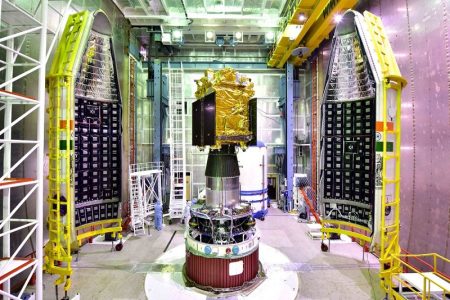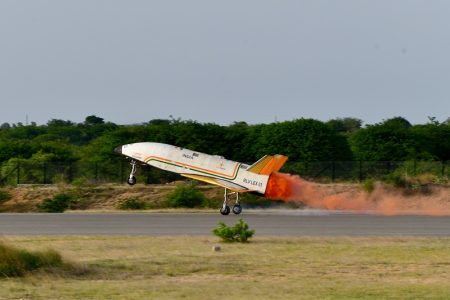
The Indian Space Research Organisation (ISRO) is set to conduct the second test flight of the uncrewed Gaganyaan mission on April 24, marking another significant stride in space exploration, as stated by ISRO Chairman S Somanath during an Astronautical Society of India (ASI) event in Ahmedabad.
Scheduled for April 24, the airdrop test is part of the Gaganyaan project, with two more uncrewed missions slated for next year and a manned mission potentially by the end of the following year, provided all goes smoothly, as announced by Somanath on April 17.
The Gaganyaan initiative aims to showcase India’s capability in human spaceflight by sending a crew of three into a 400-kilometer orbit for a three-day voyage, culminating in a safe return to Earth, landing in the Indian Ocean.
By successfully accomplishing this mission, India will join the ranks of the United States, Russia, and China as a nation with an active human spaceflight program, thereby elevating its standing in the global space exploration community.
Unmanned trials for the Gaganyaan program are expected to kick off later this year, with ISRO aiming to complete seven trial launches by March of the following year.
ISRO is spearheading India’s manned space mission independently, collaborating with partner vendors to develop a fully indigenous technology framework for Gaganyaan’s space infrastructure. This distinguishes India’s approach from that of the United States, which often relies on private firms like SpaceX and Lockheed Martin for both commercial and human spaceflight ventures.
Furthermore, India’s entry into the league of nations landing rovers on the moon, alongside the US, Russia (formerly the Soviet Union), and China, was solidified with the Chandrayaan-3 mission in August last year.
ISRO’s Chandrayaan missions have yielded crucial findings regarding the presence of water on the lunar surface, underscoring India’s growing prowess in applied research endeavors in space, a trend expected to further amplify through initiatives like Gaganyaan.













